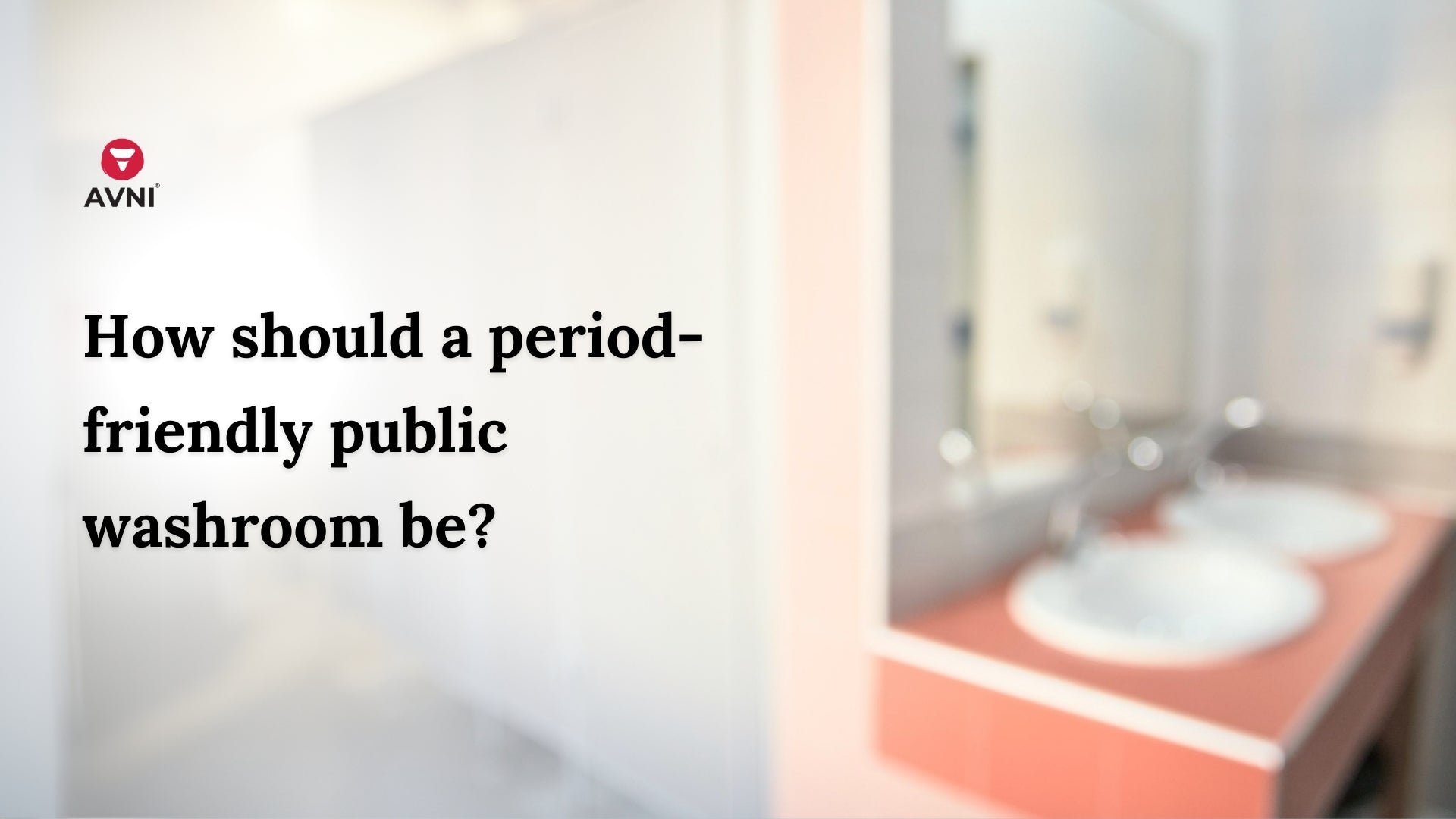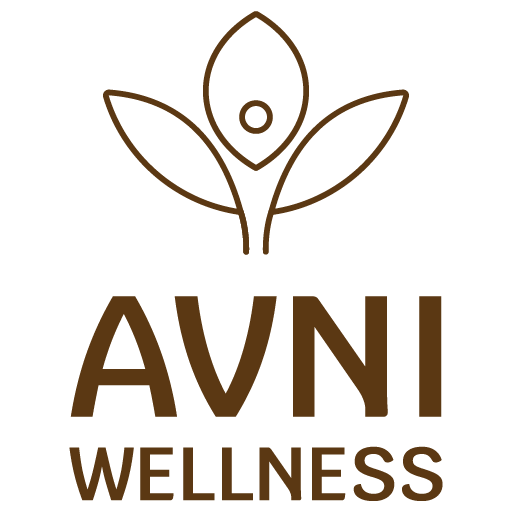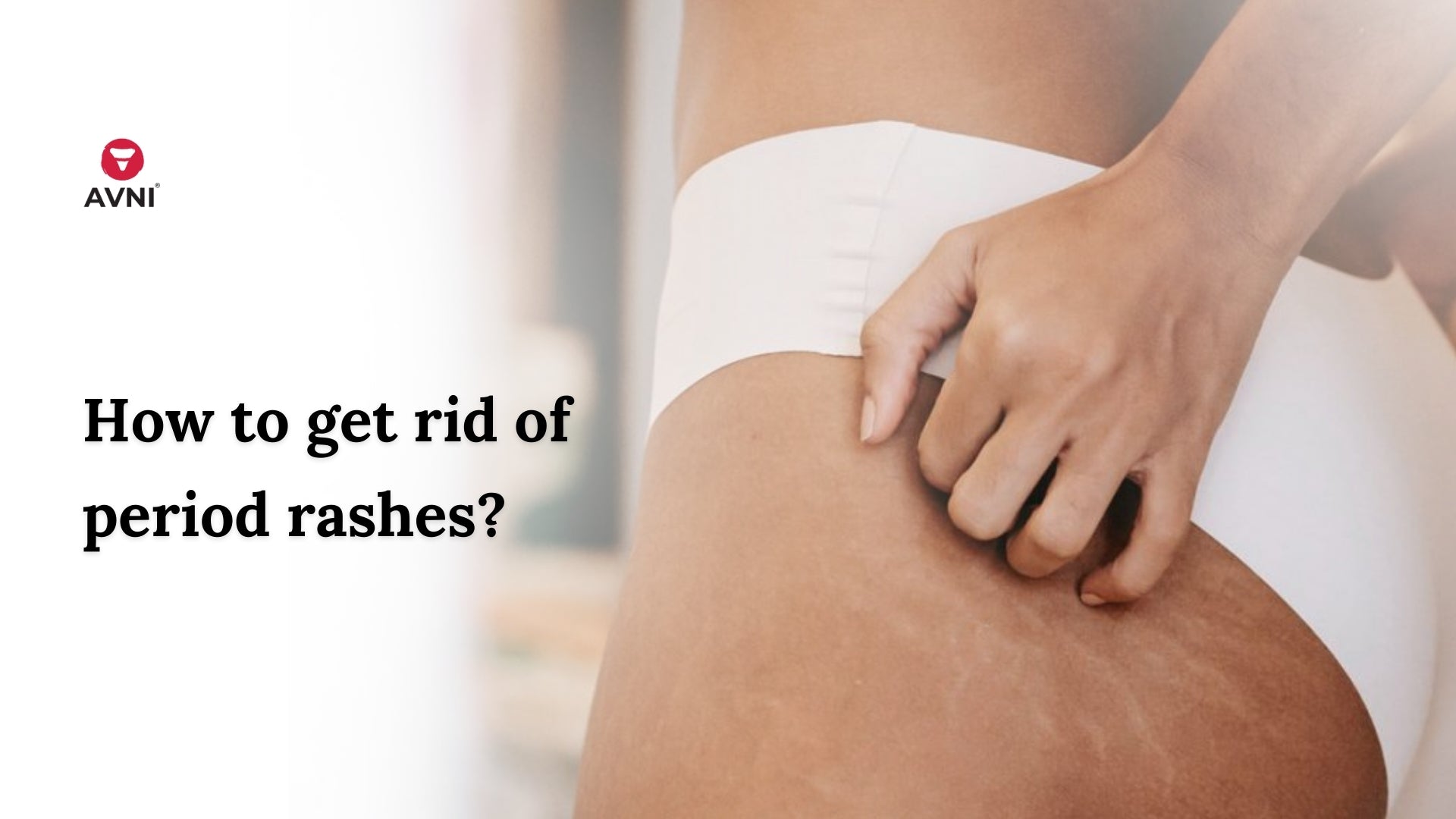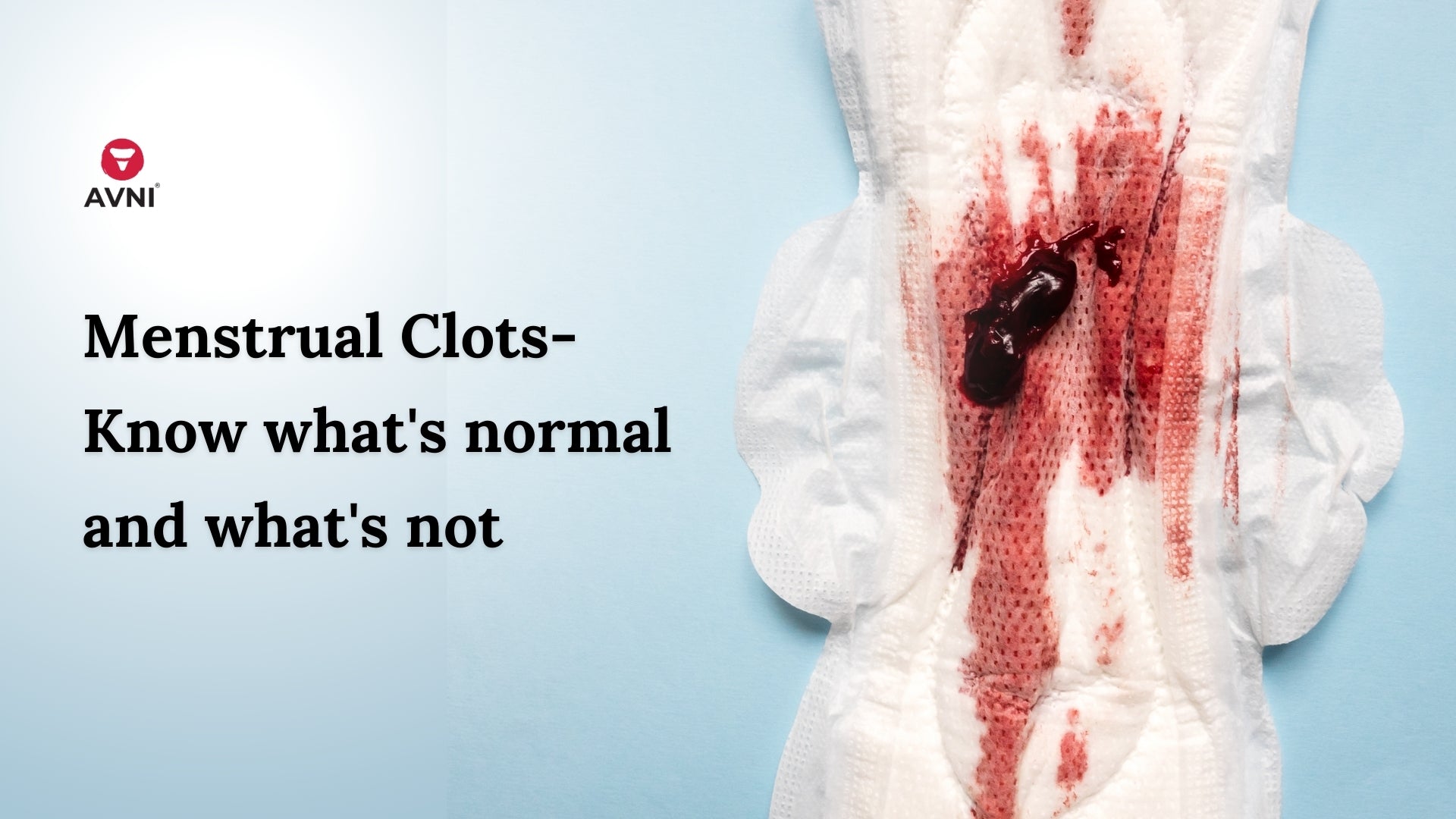
How should a period-friendly public washroom be?
Imagine this: You are outside your home. A wet sensation suddenly arises between your legs. And you realize you have got your period. You look for public toilets nearby. But, you aren't able to find one! Finally, you see a washroom near the corner of the long road. You wish the restroom is menstruator-friendly and sanitary pads are present inside. But as you enter the place, an awful smell fills your nostrils. Eventually, you realize you cannot even get clean water (leave a sanitary pad) at this place to manage the mess.
The above incident brings a question: How should a period-friendly public washroom be? Let's read it below!

Firstly, Why do we need period-friendly public washrooms?
Each day, approximately 300 million women and girls menstruate (and remember that menstruation is not limited to women). The above woman could be you or someone you know.
Women in villages, women at construction sites, women in offices, women at homes, girls at schools…everybody menstruates.
With this — the necessity for people to have a private space is quite evident where they can wash and change their menstrual products. And this place would be a restroom for most people.
However, restrooms can be a challenge for menstruating people. These public toilets are scarce, poorly maintained, and aren't planned, designed, or managed in a way that ensures they are menstruation-friendly. In addition, the absence of a proper washroom can lead to many embarrassing encounters.
Therefore, any country must have proper menstruation-friendly washrooms installed for the well-being of its citizens. The facility would allow the citizens to manage their menstrual cycles safely, sanitarily, and with dignity.
What does a period-friendly toilet consist of?
Sustainable Development Goals recognize menstrual sanitation as a human right and aim to achieve universal sanitation with particular attention to women's needs and vulnerable groups.
Related read: Sustainable menstruation
A period-friendly washroom must have the following:
- Soap
- Light
- Hook
- Mirror
- Waste sign
- Toilet brush
- Clean towel
- Proper water facility
- Proper latch or lock
- Window for ventilation
- Dustbin or an Incinerator
- Newspapers to wrap the used pad
- Small bucket and mug in each room
- Cleaning chart to track the maintenance of the washroom
- Infographic chart guiding the menstruation cleaning process
- Vending machine with appropriate menstrual hygiene products such as tampons, sanitary pads, period cleaning wipes, and menstrual cup cleaning liquid (Pad Bank)
How can we design a period-friendly washroom?
1. Access to Menstrual Hygiene Materials
Problem: Menstrual Hygiene Materials are a necessity for every menstruating person. But unfortunately, there is a lack of proper supply and availability in public washrooms.
Solution: There are various places where people must have proper menstrual hygiene supplies. These are schools, workplaces, hospitals, public places, tourist spots, highway stops, pilgrimage destinations, prisons, and refugee camps.
There are many ways by which these challenges can be addressed for menstruators. For example, in a menstruating-friendly nation, the government would provide free pads and install sanitary napkin vending machines on these avenues. In addition, newspapers would also be present for wrapping the menstrual product before disposal.
2. Accessible to all
Problems: The public toilets are so far-flung in Indian villages that people have trouble using them. And forget about using them at night. In such a situation, people wait for the morning to visit these toilets, and women walk miles even while menstruating to access this public facility.
Solution: A period-friendly public restroom would be located in such an easily accessible place for menstruators and other people as well. In addition to this, it will have amenities like proper lighting inside and outside the washroom, clean water, hand dispensers, washbasins, wider entrances, and wheelchair access.Problem: There has been an increasing acceptance of LGBTQA communities in India in recent years. It is still challenging to find inclusive facilities for this community. Leave this alone! This report found that 35 percent of public toilets in a city like Delhi did not have separate female toilets.
Solution: Each gender will be treated with respect in a period-friendly bathroom. And awareness will be spread on how and why these bathrooms should be made accessible to menstruating transgender people without judgment.
3. Administrator selection
Problem: Many public restrooms are run by male administrators unfamiliar with menstruation. Menstruators are often ridiculed and insulted in such situations —particularly in rural areas.
Related article: Menstruation and its myths around the worldSolution: It is expected that a menstrual-friendly toilet will be managed by trained administrators familiar with menstruation. These administrators will be capable of dealing with menstruators and appropriately providing them with menstrual hygiene products.
4. Proper waste disposal management system
Problem: It's no secret that public toilets are a breeding ground for germs. Often the dustbins in public toilets are gross, or there is no dustbin. The dustbins in these places also increase the risk of spreading diseases. It is complicated for menstruators in this situation to dispose of their menstrual products. They are left with no other option but to flush them down the toilet, which can block the commode and, in the worst cases, can cause your toilet to back up and overflow or will create issues with your septic tank.. Either way — it is not an easy task for menstruators to deal with blood-stained products.
Related article: How Switching to Sustainable Period Products can Help the Environment?
Solution: Menstruators should be able to throw their used sanitary napkins in the dustbins without hesitation in a period-friendly restroom. Incinerators (electric furnaces) would also be installed so that all the disposed of menstrual products could be burned and managed better. Also, the dustbins would be cleaned regularly to ensure they do not stink. In order to provide this, the dustbins in the menstruation-friendly toilets would have a lid on top so that the menstruators do not have to see any waste. Also, the dustbins would be of a different color so that people are not confused with the regular dustbins.
Where are we heading next?
There are multiple recommendations regarding how mainstream period-friendly restrooms should put efforts into sanitation:
- The core component of period-friendly toilet facilities is to have easy access to menstrual products such as sanitary pads in the washroom.
- Gender-categorization indicators should be put on the washroom doors that cover a wide range of menstruators including transgender and disabled people to make feel every menstruating person welcome.
- Ensure that national and global-level organizations engage actively in breaking down ongoing discomfort about discussing menstruation. And lastly, train washroom administrators about it.
Ultimately, educating everyone about the process of using period-friendly washrooms is essential. In addition, everyone must be aware of their sanitation responsibilities so that menstruation-friendly toilets can become a crucial aspect of hygiene infrastructure in India and other countries worldwide.



Leave a comment
This site is protected by hCaptcha and the hCaptcha Privacy Policy and Terms of Service apply.